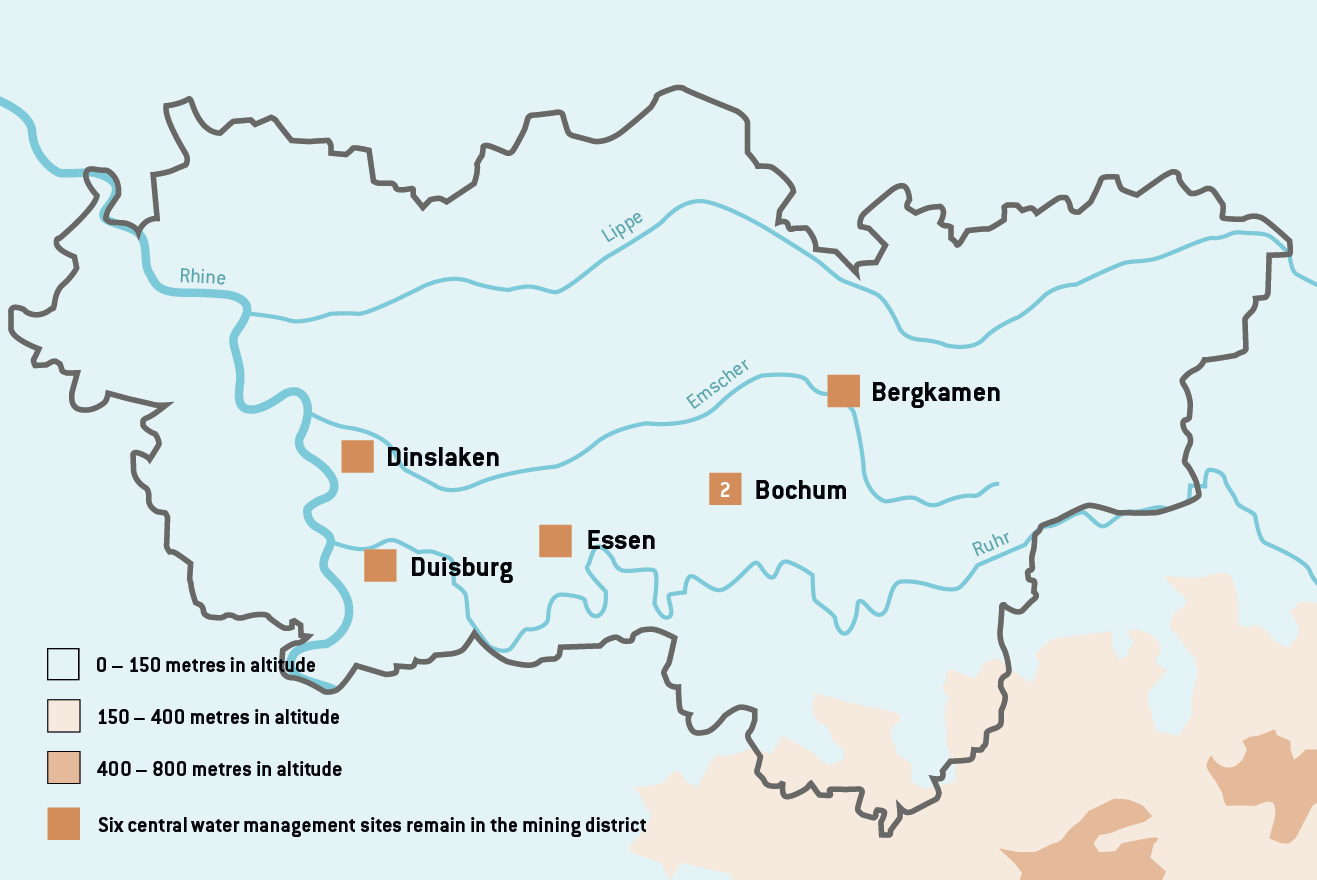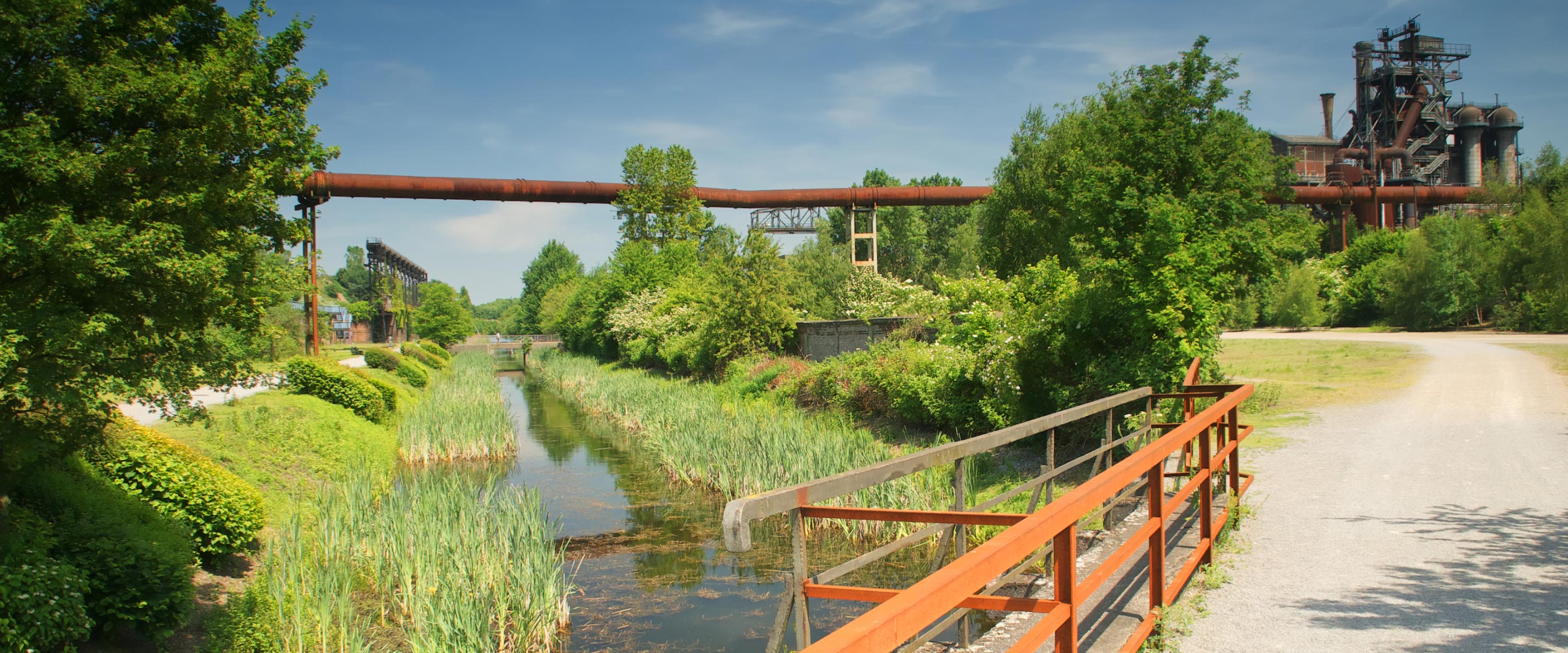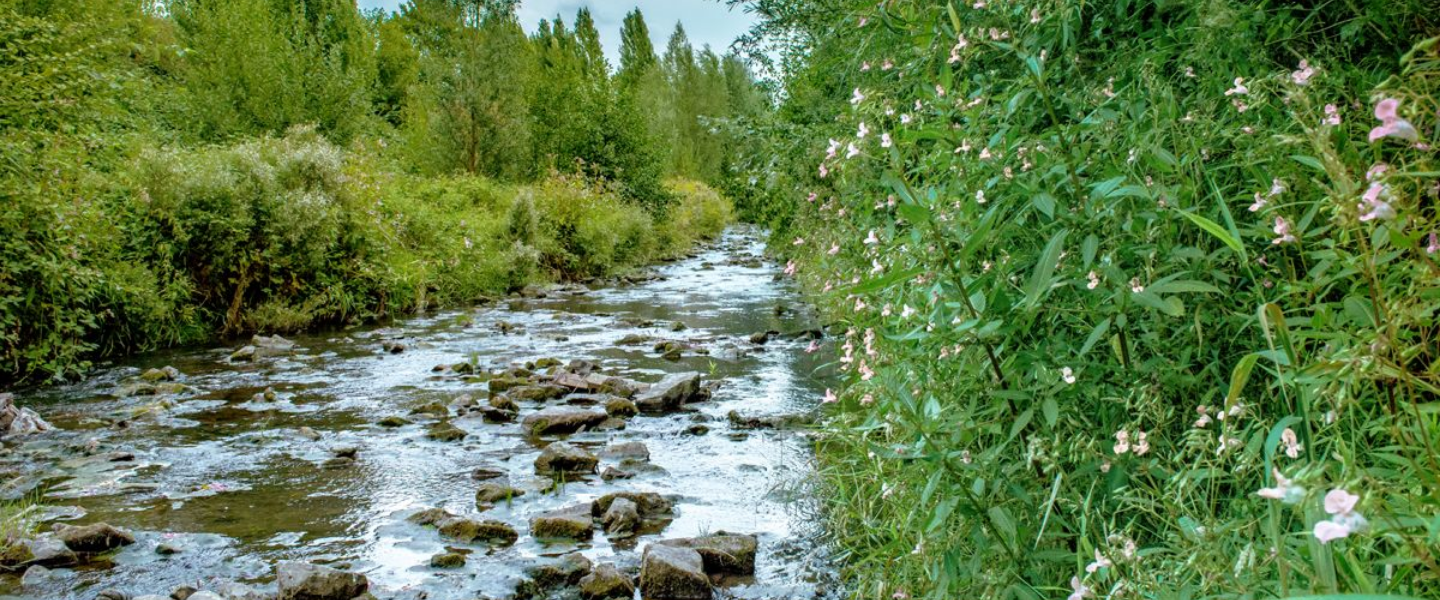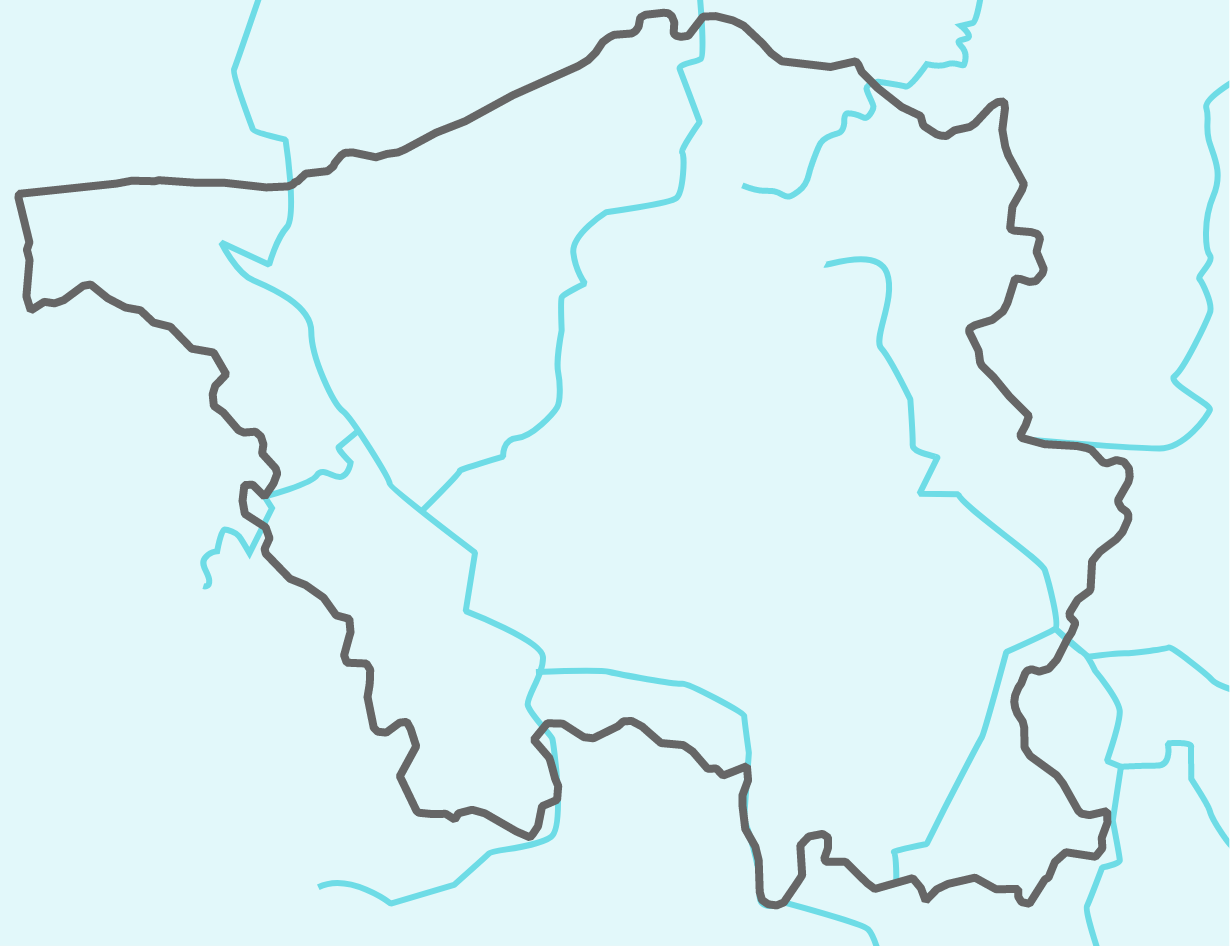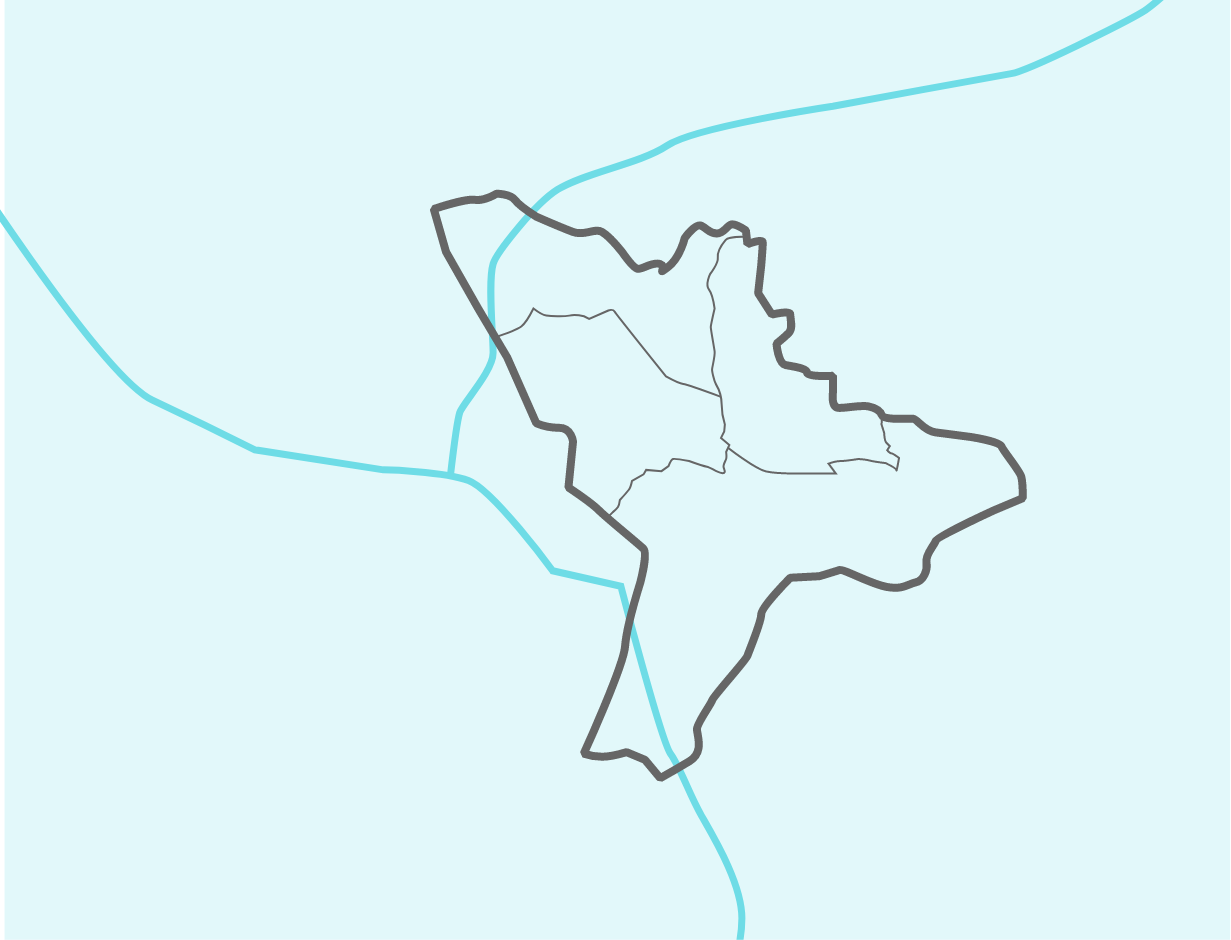
Ruhr region
In December 2018, the era of German hard coal mining came to an end at Prosper-Haniel in Bottrop when the last active colliery closed. 150 years of mining history have left particularly clear marks on the Ruhr region – If only because the coal mined there was also used directly in coking plants and user industries located in the region.
pit water a year have to be raised in the Ruhr region
An underground network of inlets and waterways means that these activities can be concentrated at six water management sites. In the future, they will be Lohberg (Dinslaken), Walsum (Duisburg), Heinrich (Essen), Friedlicher Nachbar (Bochum), Robert Müser (Bochum) and Haus Aden (Bergkamen). So that the water can flow underground to these sites, it must first continue to rise. In this context, protection of drinking water has top priority – all the more so given that drinking water in the Ruhr region predominantly comes from surface water taken from the Ruhr. Modern well water management at the six pumping sites ensures that pit water levels and groundwater reserves remain at a clear distance from each other after the levels rise. In addition, the lower pumping depth means that the pumps can be operated in a particularly energy-saving way and their use will be climate-neutral from 2030 at the latest.
On the way to achieving this goal, the RAG’s refined water management concept is already ensuring that hundreds of kilometres of river tributaries are no longer burdened by discharges of pit water. The most recent example is the Emscher river, which is free of pit water again for the first time in over 100 years.
central water management sites remain in the hard coal mining district
watercourses is reduced by modern pit water management
Emscher renaturation: a project of the century
water a year must be impoldered in the Ruhr region.
At the Zollverein colliery, the headquarters of the RAG-Stiftung, the terrain is now around 20 metres lower than it was at the beginning of the coal age. Here, too, active mining in the Ruhr region has left hollows and faults in many places that have to be artificially drained for an indefinite period of time. More than one billion cubic metres of water a year have to be moved in order to keep the Ruhr region dry. The Emschergenossenschaft, Lippeverband and Linksniederrheinische Entwässerungs-Genossenschaft have been responsible for that for over a 100 years. The costs of pumping and polder measures necessitated due to mining are borne by the RAG-Stiftung. Pumping stations also ensure that watercourses retain their original direction of flow and that groundwater does not subsequently penetrate and cause waterlogging. Dykes along large watercourses protect against high water and flooding.
Making polder management sustainable
The MuSE (“multisensor geomonitoring to optimise post-mining water management”) project is supported by the RAG-Stiftung and focuses on the sustainable realignment of polder management. In the medium term, the research findings from it can also be carried over to applications not related to mining. For instance, the economic and technical use of a raised level of groundwater and surface water could contribute to minimising the damage caused by droughts in agriculture and forestry. At the same time, digital models can be used to better predict extreme weather phenomena, such as torrential rainfall, and to derive measures to limit the negative consequences of such events.
In some places, the topographical changes caused by mining are also accompanied by positive effects. Areas near water have become few and far between in our cultural landscape. Hollows caused by mining have in some cases evolved into charming wetlands that form a precious habitat for rare animal and plant species. Such biotopes are cared for and protected by RAG in close cooperation with pubic authorities and nature conservation associations.
Like pit water, our drinking water comes from the rain that falls and surface water seeping into it. However, on its way down into the depths, this water is halted by impermeable layers and thus absorbs fewer minerals and trace elements. The fact that groundwater protection in the Ruhr region requires a number of additional precautions is due in particular to ecological pollution in the vicinity of some former coking plants. Some of these locations date back far into the 19th century. The scale of the contamination and the extent of the monitoring or remediation measures are specified on a case-by-case basis in the closure plans, which are drawn up as part of the decommissioning process and coordinated with the competent mining authority. In addition to the German Federal Mining Act, soil protection, water, immissions protection, nature conservation and subsidy legislation must also be heeded.
groundwater treatment plants
purified groundwater a year.
There are well-founded reasons for this special care: Reliable remediation management, permanently ensuring that drinking water is kept free of any contamination and – where necessary – its careful purification and monitoring are indispensable perpetual obligations. At some sites, contaminated areas are closed off by what are known as sealed landfills. The interaction between purification plants, drainage systems, wells and pumps creates a recycling system coordinated down to the last detail. After contaminants and pollutants have been separated out, the purified groundwater is discharged into the sewerage system or flows into adjacent water bodies. The quality of the water is examined at short intervals by an independent institute. In this way, RAG Aktiengesellschaft currently purifies 993,000 cubic metres of groundwater a year in 22 treatment plants.
